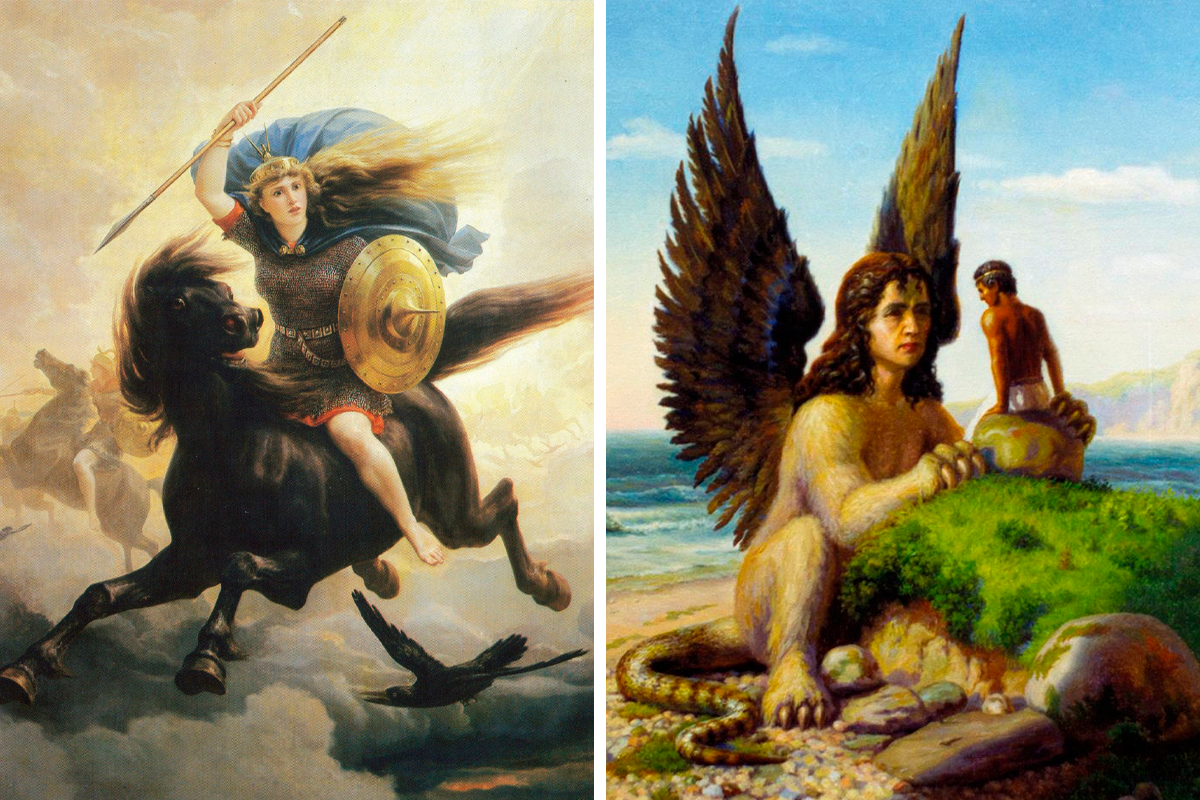Norse giants and Celtic Fae, also known as fairies, are two distinct beings with different strengths and weaknesses in their respective mythologies. Norse giants are known for their immense physical strength and association with natural elements, while Celtic Fae possess mystical powers that include shape-shifting and enchantment. However, both giants and Fae have their weaknesses, such as the vulnerability of giants to weapons or spells and the susceptibility of Fae to iron and holy water. These differences reflect the unique characteristics and values of each mythological culture and highlight the diverse worldviews of the societies that created them.
Norse Giants vs. Celtic Fae: A Look at the Differences in Mythological Strengths and Weaknesses
The mythology of different cultures offers a glimpse into the beliefs, traditions, and values of that community. One of the most captivating aspects of mythology is the larger-than-life characters that inhabit these stories. Two such characters from Norse and Celtic mythology are giants and fae or fairies. Giants in Norse mythology, also known as Jotun, and faeries or fairies in Celtic mythology, also called Fae, are distinct beings with different strengths and weaknesses. Let’s explore the differences between the two.
The Strengths of Norse Giants
Norse giants are often portrayed as colossal creatures, towering over humans and even gods. They are known for their immense strength, which makes them formidable opponents in battles. Giants are often affiliated with natural elements such as fire, ice, earth, and wind, which gives them additional powers. Some of the famous Norse giants are Ymir, the progenitor of all giants, and Hrungnir, who wielded a massive boulder as his weapon.
The Weaknesses of Norse Giants
While Norse giants are known for their physical strength, they also have several weaknesses. For instance, giants are not immortal and can be killed by weapons or magical spells. The gods, such as Thor and Odin, often engage in battles with giants and defeat them using their wits and weapons. Giants are also notorious for their mischievous behavior, and sometimes their trickery backfires, leading to their downfall.
The Strengths of Celtic Fae
Celtic Fae, on the other hand, are mystical creatures imbued with otherworldly powers. They are often depicted as small, sprightly beings with wings and magical abilities. Their powers include shape-shifting, invisibility, and enchantment, which they use to manipulate humans and other creatures. Fae are also associated with nature, and their magic can be used to heal or harm depending on their mood.
The Weaknesses of Celtic Fae
While Celtic Fae possess extraordinary powers, they also have their weaknesses. For instance, Fae cannot withstand iron, which is believed to be their Kryptonite. The sound of church bells or holy water can also ward off Fae, making them vulnerable. Additionally, Fae are known to be unpredictable, and their behavior can change without any warning, making them difficult to trust.
The Significance of the Differences
The contrast between Norse giants and Celtic Fae highlights the unique characteristics and values of each mythological culture. Norse mythology emphasizes physical strength and honor in battles, while Celtic mythology focuses on magical powers and the unpredictable nature of life. These differences reflect the different priorities and worldviews of the cultures that created them.
Conclusion
In conclusion, the differences between Norse giants and Celtic Fae are rooted in the values and beliefs of their respective cultures. While Norse giants are known for their brute strength and mischievous behavior, Celtic Fae possess enchanting powers that can manipulate and deceive humans. Both giants and Fae have their strengths and weaknesses, which make them compelling characters in mythology. Understanding these differences helps us appreciate the rich diversity of mythologies worldwide.
